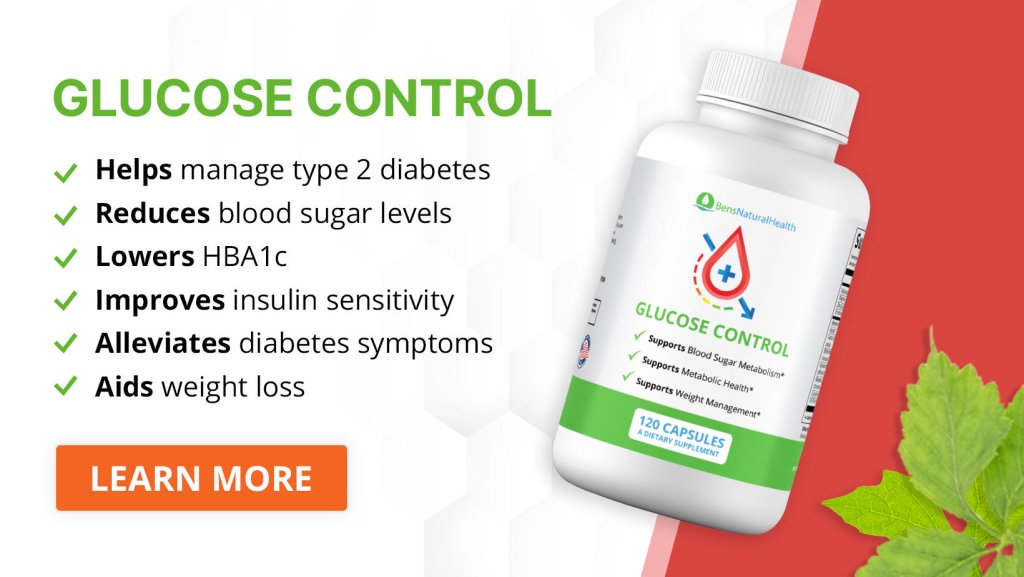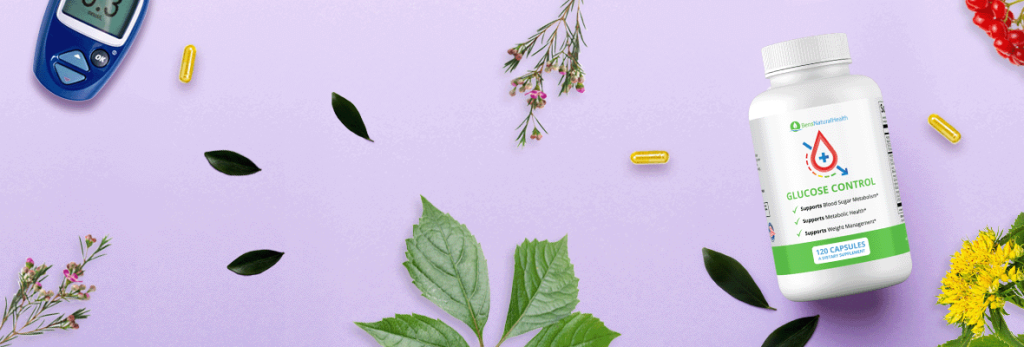Pramlintide (Symlin) is a prescription medication for managing type 1 and type 2 diabetes.
In this article, we will explore Pramlintide in-depth, including potential side effects, benefits, the science behind its mechanism of action, dosing, and drug interactions with other medications.
Side Effects and Risks of Taking Pramlintide
Like most medications, Pramlintide administration is not without its side effects and risks. It’s important to be aware of these potential issues before starting the treatment.
Common side effects of a Pramlintide dose include:
Nausea
Some patients may experience mild to moderate nausea from Pramlintide, especially when starting the pen. This side effect usually diminishes over time.
Hypoglycemia
Since Pramlintide reduces the rate of glucose release, there is a risk of hypoglycemia if not properly managed. It is crucial to adjust insulin doses under medical guidance.
Injection Site Reactions
Pramlintide is administered through injection. This can lead to redness, swelling, or irritation at the injection site. Rotating injection sites can help alleviate this.
Gastrointestinal Upset
Some patients may experience gastrointestinal symptoms like diarrhea or vomiting, particularly when first starting the medication.
Headache
Headaches are a less common side effect but may occur in some patients.
When taking Symlin, it’s essential to discuss any side effects with your healthcare provider and follow their recommendations for managing them.
Get Your FREE Diabetes Diet Plan
- 15 foods to naturally lower blood sugar levels
- 3 day sample meal plan
- Designed exclusively by our nutritionist
When is Pramlintide Used for Diabetes?
Pramlintide For Type 1 Diabetes
Pramlintide can be effectively incorporated into the treatment regimen of patients with type 1 diabetes who are struggling to attain satisfactory blood glucose control through the use of insulin injections alone.
When prescribed by a healthcare provider, Pramlintide, in combination with insulin therapy, may contribute to more stable and controlled blood sugar levels.
Pramlintide For Type 2 Diabetes
Pramlintide is also a viable option for patients with type 2 diabetes.
This is especially relevant for type 2 diabetics who struggle to reach their blood sugar targets with other diabetes drugs and lifestyle adjustments.
Taking Pramlintide can help the patient achieve better blood glucose management.
How Does Symlin Work?
Pramlintide works in multiple ways such as:
Works With Insulin
Pramlintide collaborates with insulin to maintain stable blood sugar levels.
It operates in a way that resembles the hormone amylin, which the pancreas produces alongside insulin. Its primary function is to regulate glucose, and it does so effectively.
Glucose Control
One of Pramlintide’s primary functions is to modulate the rate at which glucose enters the bloodstream after a meal.
This results in a smoother and more gradual rise in blood sugar levels, reducing the post-mealtime spikes that can be detrimental for patients with diabetes.
By slowing down the absorption of glucose, Pramlintide provides a more balanced blood sugar profile.
Makes You Feel Full For Longer
Pramlintide has an additional benefit when it comes to diabetes management: it aids in appetite regulation.
It promotes a sense of fullness, reducing the desire to overindulge or snack excessively.
This reduction in food intake can be a game-changer for patients with diabetes, as it can lead to better weight management.

Benefits of Taking Pramlintide
Pramlintide offers a wide array of advantages for patients with diabetes:
Better Blood Sugar Control
Pramlintide, when used alongside insulin therapy, plays a pivotal role in enhancing blood sugar management.
This combination ensures that patients can achieve more stable and well-regulated blood glucose levels, reducing the risk of enduring long-term complications typically associated with diabetes.
Weight Management
By curbing excessive hunger and promoting feelings of fullness, Pramlintide can significantly help patients lose weight.
Reduces Insulin Dosage
An intriguing aspect of Pramlintide is its ability to reduce the required insulin dosage.
In conjunction with insulin, it fine-tunes the insulin regimen, ensuring that patients do not need as much insulin as they otherwise would.
This is significant in diabetes management because it can help prevent hypoglycemia, a common concern when using high doses of insulin.
A lowered insulin dose not only minimizes the risk of hypoglycemia but also makes insulin therapy more affordable and potentially more comfortable for patients.
Reduces HbA1C
Taking Pramlintide has been linked to a substantial reduction in HbA1C levels.
This reduction signifies improved long-term blood sugar control.
HbA1C, also known as hemoglobin A1C, is a marker that indicates the average blood glucose levels over the past two to three months.
By reducing HbA1C levels, Pramlintide contributes to better overall health and a decreased risk of complications from uncontrolled diabetes.
Drug Interactions with Pramlintide
Here are some notable medication interactions with Pramlintide to be aware of:
Insulin Synergy
When Pramlintide is used alongside insulin, it may enhance the blood sugar-lowering effects of insulin.
This synergy can be advantageous in controlling blood sugar levels, but it necessitates careful monitoring and potential adjustments in insulin dosages.
Your healthcare provider will guide you through this process to prevent hypoglycemia or low blood sugar episodes.
Oral Diabetes Medication Adjustments
Pramlintide can impact the effectiveness of oral medications designed to lower blood sugar levels.
As a result, your healthcare provider may need to modify the dosages of these oral medications to ensure they remain effective in your diabetes management regimen.
This adjustment aims to prevent potential imbalances in blood sugar control.
Certain Blood Pressure Medications
Pramlintide can also interact with certain blood pressure medications, which may lead to a decrease in blood pressure.
It is essential to discuss your medications with your healthcare provider to determine if any adjustments are required to avoid any unwarranted blood pressure drops.
FAQs
Pramlintide is a synthetic analog of the hormone amylin. It is used as an adjunct treatment for diabetes to help regulate blood sugar levels.
Pramlintide mimics the action of amylin, a hormone that works alongside insulin to regulate blood sugar levels, slow down the release of glucose into the bloodstream, and control appetite.
Pramlintide is commonly known by its brand name, “Symlin.”
Conclusion
Pramlintide, marketed as Symlin, is a diabetes medication.
Its ability to mimic the action of the hormone amylin offers several benefits, including improved blood sugar control, appetite regulation, and potential weight management.
Always consult with your healthcare provider for personalized advice and treatment options.
Explore More








